Growing Better Cacti with Remineralization: Ongoing Research in the Quilombola Communities of Northeast Brazil Part I
Fernanda de Paula Medeiros with a farmer of Lajedão dos Mateus.
Far out in the semi-arid region of Bahia in northeastern Brazil, several communities strive to make a livelihood out of agriculture and ranching. This is a region with fertile soils, but the ability of the communities to thrive off of this natural resource is undermined by their historical background and the dearth of another vital resource – water.
To this end, two agrogeologists joined with two nonprofit organizations and formulated a plan of action to introduce agroforestry and sustainable organic farming to the communities. The project started started back in April 2015 and is expected to continue until March 2017, taking place in the Quilombola communities of Lajedão dos Mateus, in the América Dourada municipality of Bahia. This is a joint collaboration between the University of Brasilia, dryGrow Foundation, Remineralize the Earth and local Quilombola communities.
Dr. Suzi Huff Theodoro, the lead researcher, has conducted research on rock dust and remineralization in northeastern Brazil for many years. Her work is central to developments in making Brazil the emerging leader of research and policy-making within the remineralization movement worldwide. The current project continues her work in the Quilombola communities. You can learn more about her projects: watch an interview with Dr. Suzi Huff Theodoro and read Remineralization in Rural Brazil.
There are three main objectives to the project: (1) cultivate two types of prickly pear cactus to be used as animal fodder, (2) introduce a sustainable agroforestry model and (3) test the effects of rock dust application on crop yield.
Bahia and Quilombos
Bahia is a predominantly agriculture-based economy, where the federal government encourages the production of castor beans, corn, and other vegetables. Even then, smaller family farmers are hard pressed to find a foothold in the market and production system. In particular, the Quilombos are challenged by limited land area and limited resources to practice well-irrigated cultivation.
Quilombos are also often excluded from economic opportunities due to their ancestral background. They are descendants of Afro-Brazilian people who escaped from slavery during the colonial era and formed their own communities in hiding. However, times have changed, and while the Quilombos are free from slavery, they are still trapped within their remote communities with little means of participating in the market.
The introduction of remineralization (and other agroforestry techniques) represents a crucial step toward supporting the communities. This will enable farmers to produce healthy crops under conditions of scarcity, thereby empowering them to join the production system and make a better living.
Previous trips
At the start of the project, researchers established a 16 m2 plot separated into a 4×4 grid, with each square in the grid receiving one of four different treatments: (a) rock dust, (b) rock dust and manure, (c) manure-only and (d) control treatments. They planted two species of cacti: the giant prickly pear cactus (Opuntia ficus-indica), and the small prickly pear cactus (Nopalea cochenillifera). These species are common plants found in semi-arid and arid regions, and suitable as fodder for animals.
Every few months the research team visits the site to monitor research progress. The first trip occurred in May of 2015. After a two-hour plane flight from the Federal District of Brasilia and a bumpy car ride of many hours, Dr. Suzi Huff Theodoro arrived at the welcoming community. Plans were made to set up the initial experimental plot after assessing the environment of the area. This included understanding the demographics of the community, their needs, and taking samples of the soils in the area.
This was followed shortly by another two-day trip in mid-July, 2015. Graduate student Fernanda de Paula Medeiros from the Department of Forest Engineering at the University of Brasilia led the group visit, and they finished the final touches of the experimental plot. They also implemented a drip irrigation system that requires minimal water delivered to individual plants so as to conserve water. Beans were planted around the plots and between the cactus rows to provide sources of nitrogen. Finally, they fenced in the plots to keep out wandering animals. Fernanda noted that prospects were good and that prior to the second visit, the cacti were already starting to bud even without the irrigation system.
More updates on the project will be released on the RTE website in the near future. Check back for more information in the future!
Zu Dienle Tan recently graduated from the University of Michigan with a Master’s degree in natural resources and environment. She specializes in conservation ecology and is passionate about biodiversity conservation, agroecosystems and sustainable development.
Pointing out rows
Pile of cacti
Rows of cacti
Irrigation system
Irrigation in action
Children using hose
Happy group
Smiling child
Support us on Patreon
Thank you for joining us today! Please become a member of RTE and support us on Patreon. Unlike many larger organizations, we work with a team of determined and passionate volunteers to get our message out. We aim to continue to increase the awareness of remineralization to initiate projects across the globe that remineralize soils, grow nutrient dense food, regenerate our forests’ and stabilize the climate – with your help! If you can, please support us on a monthly basis from just $2, rest assured that you are making a big impact every single month in support of our mission. Thank you!

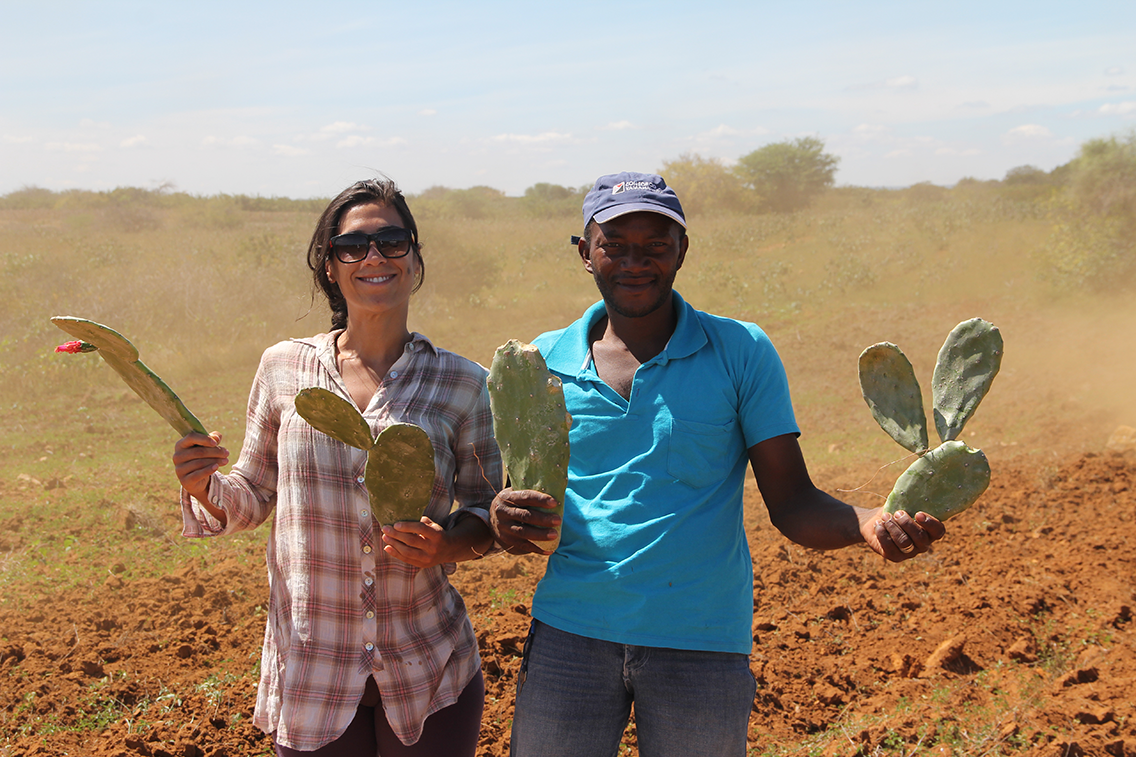
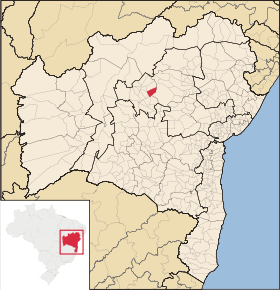
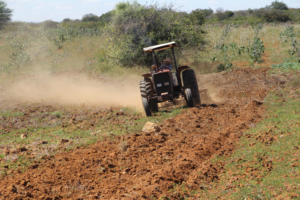
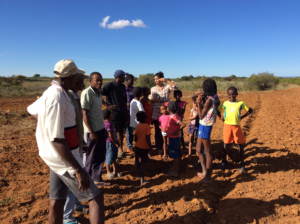
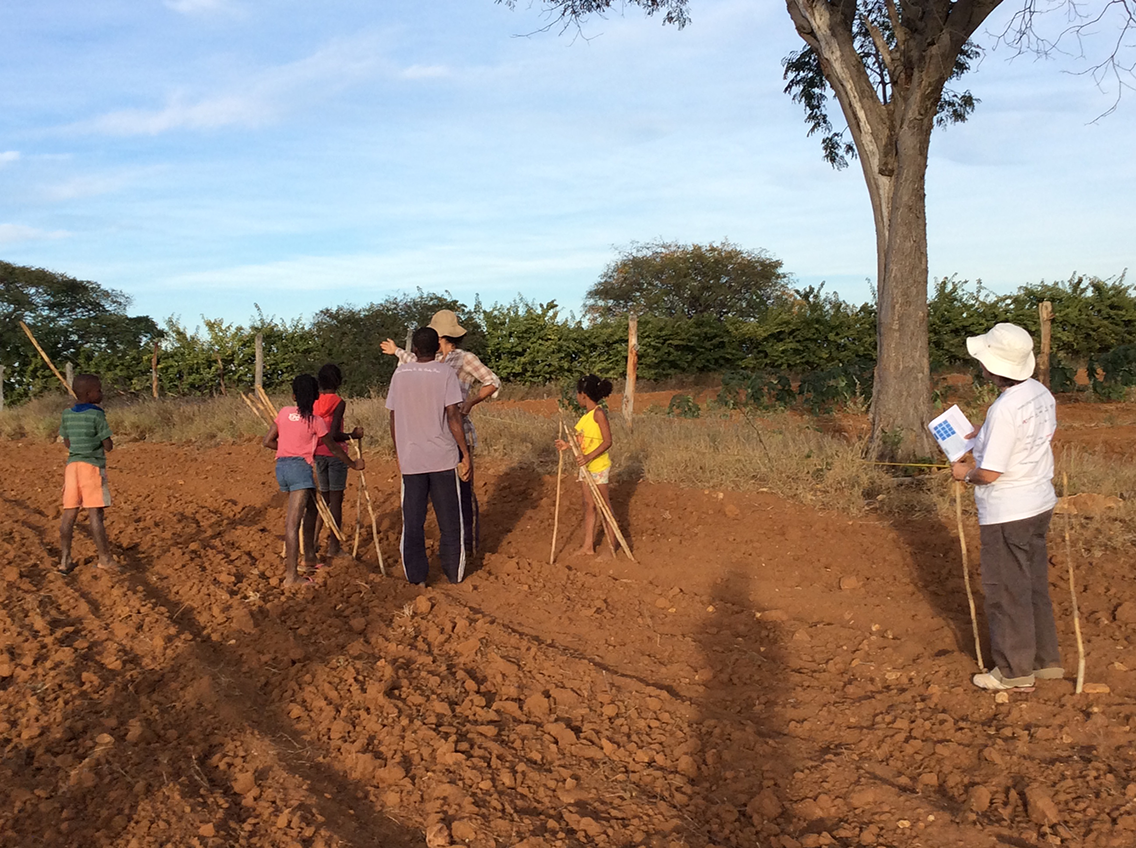
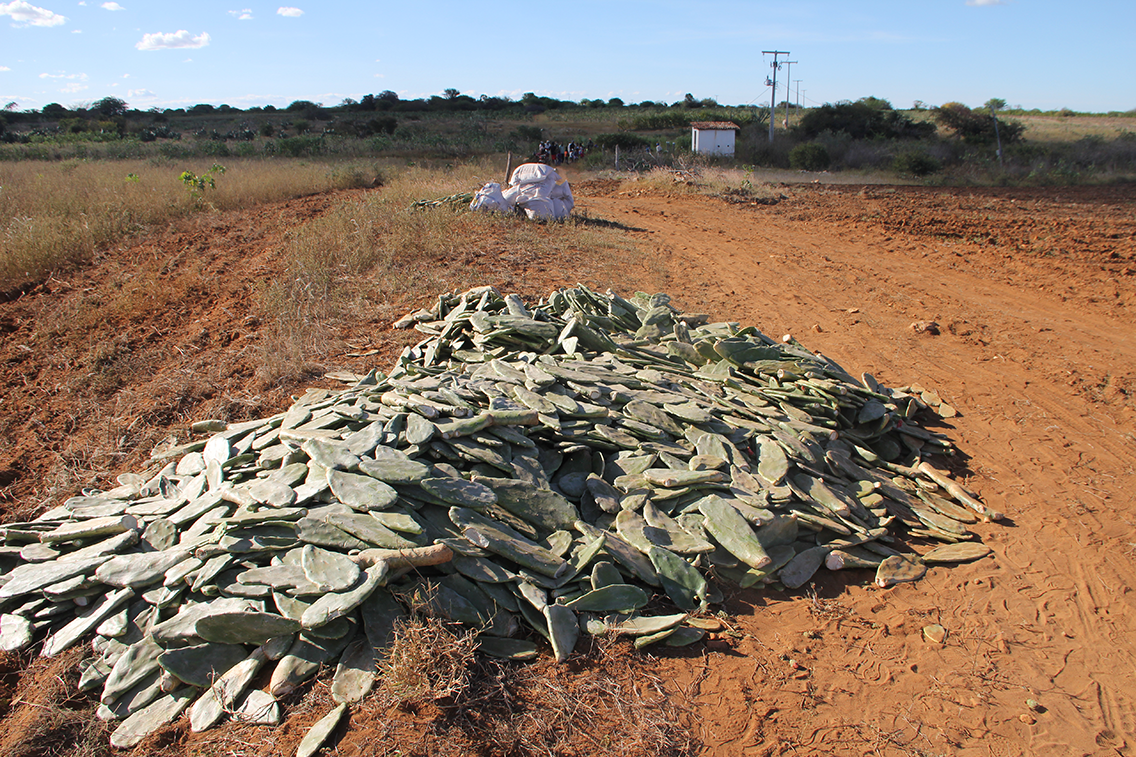
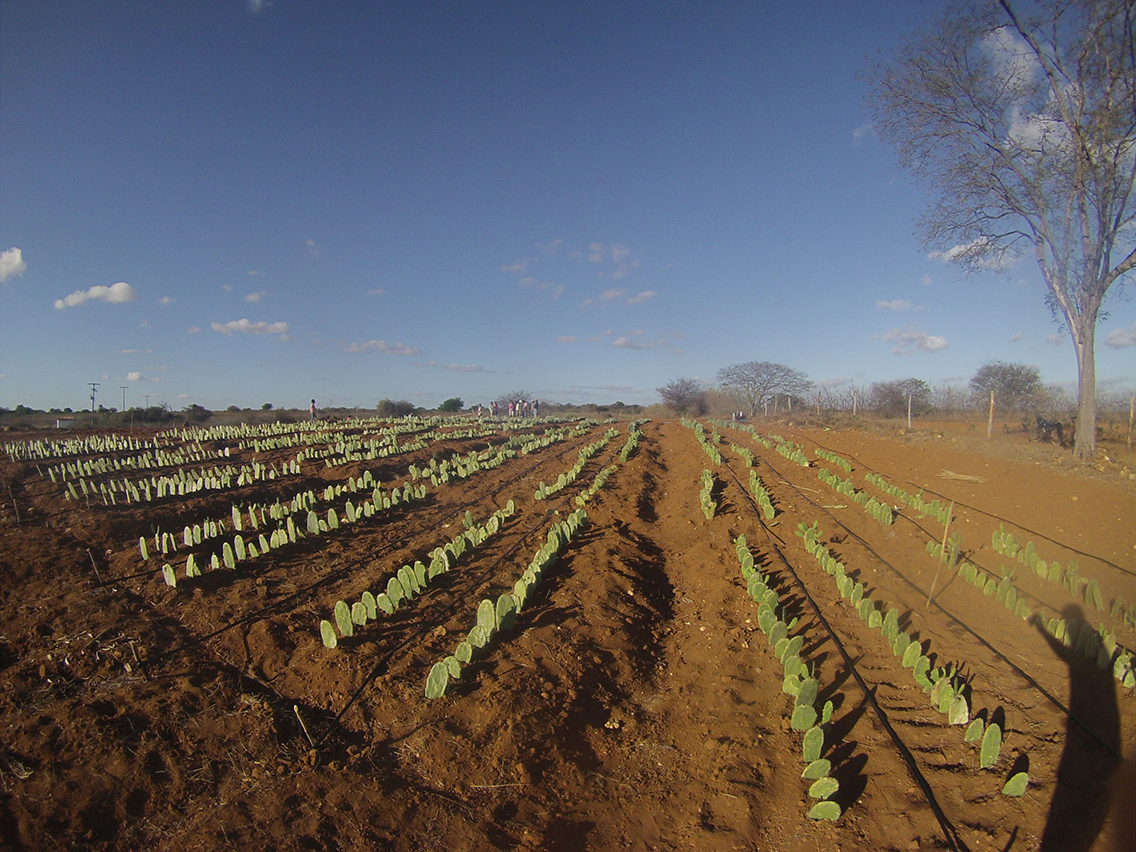
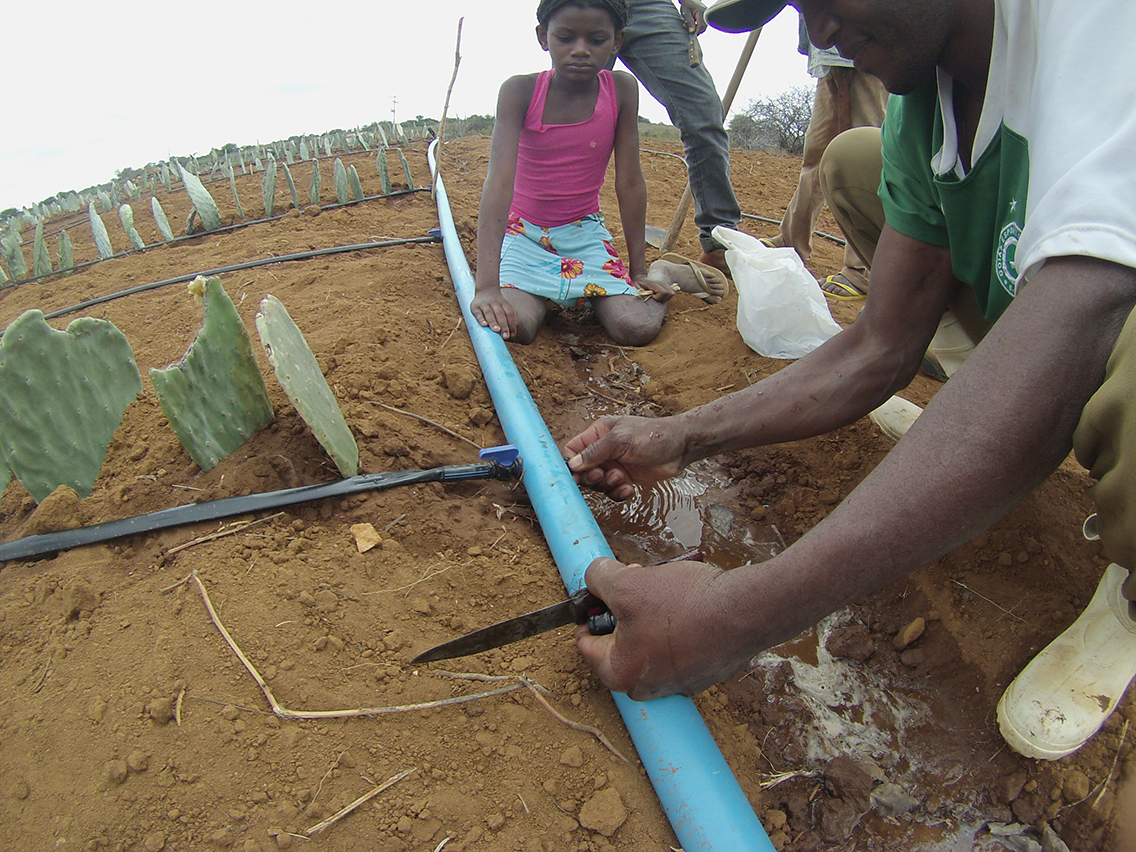
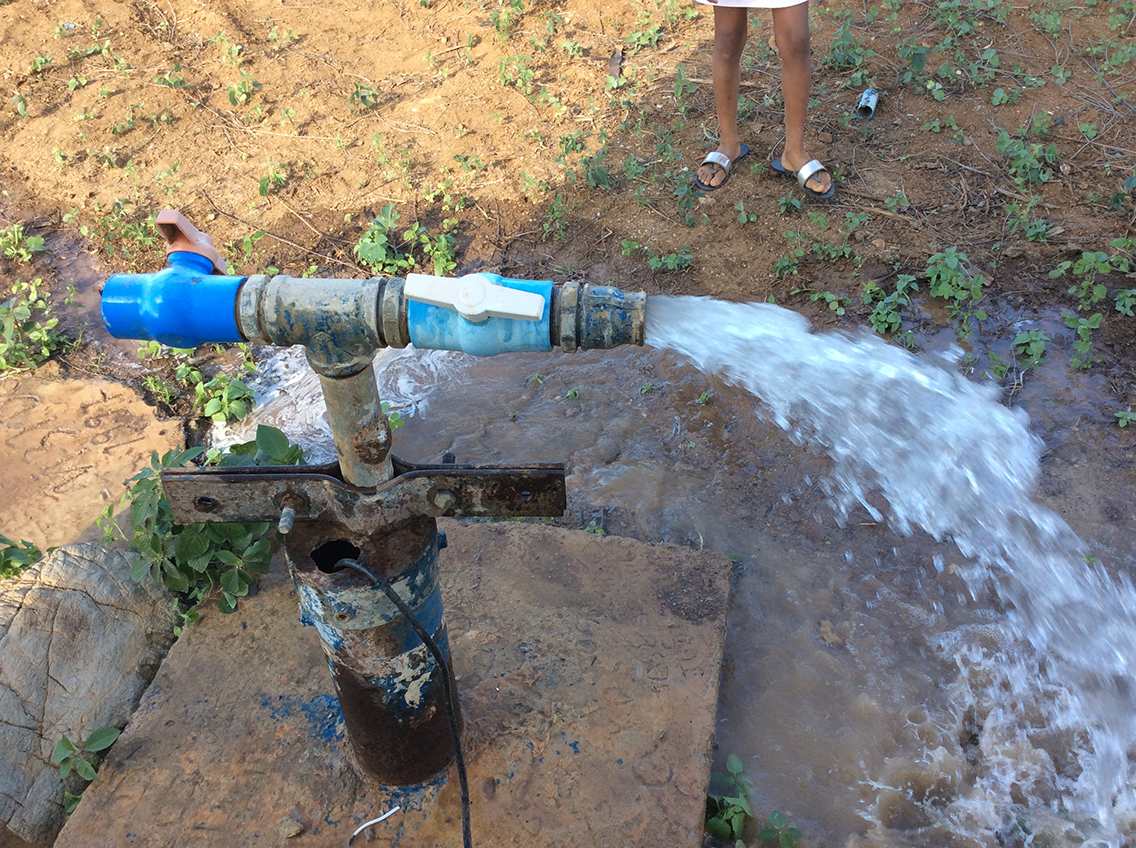
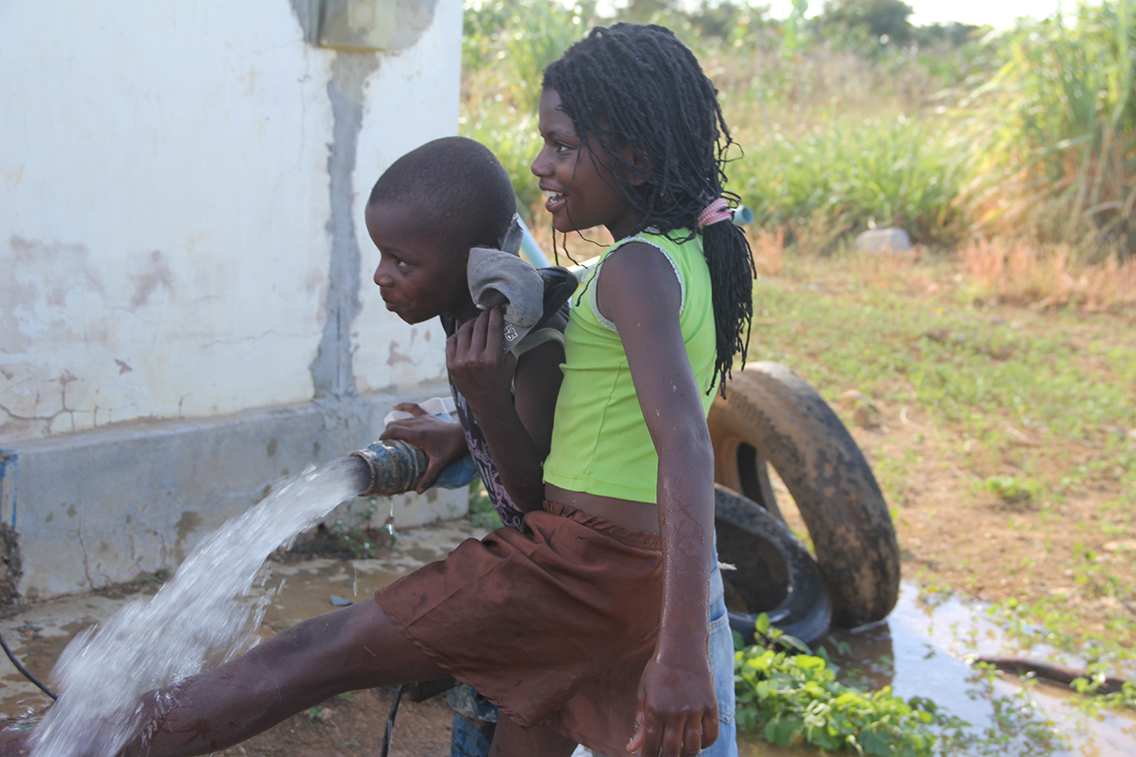
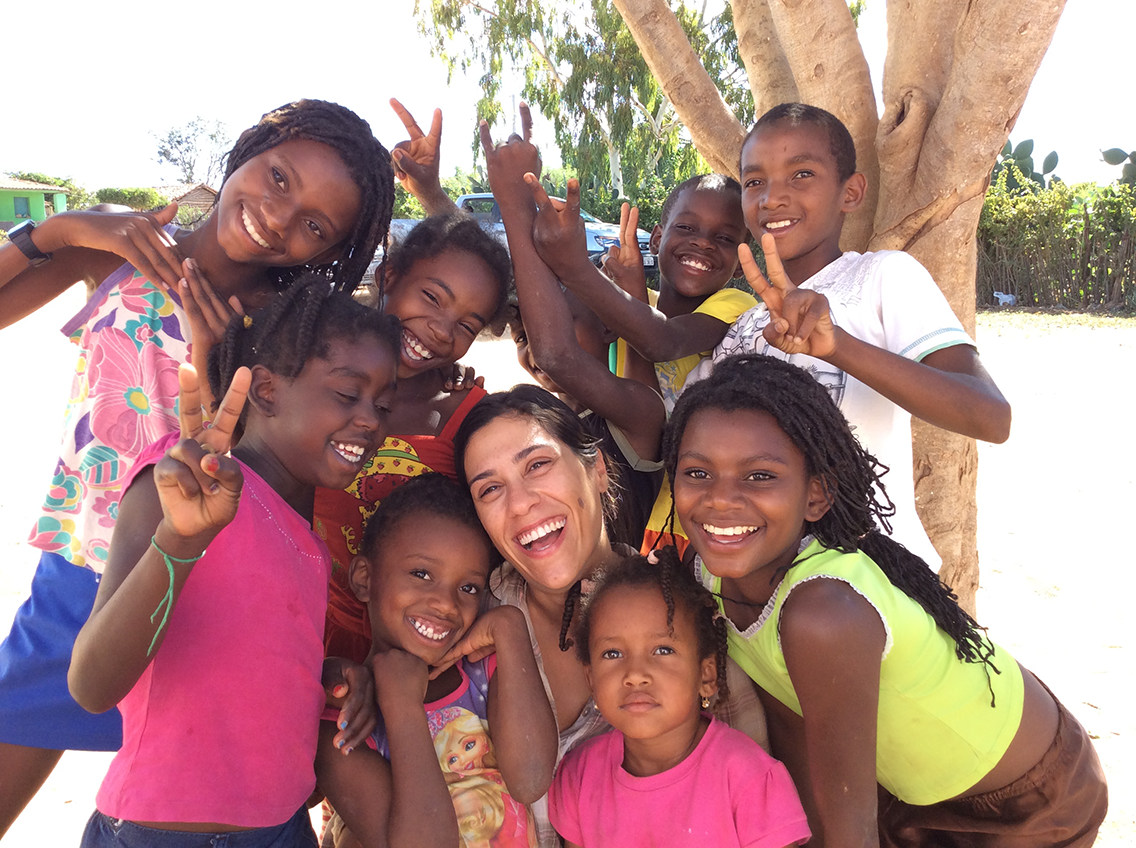
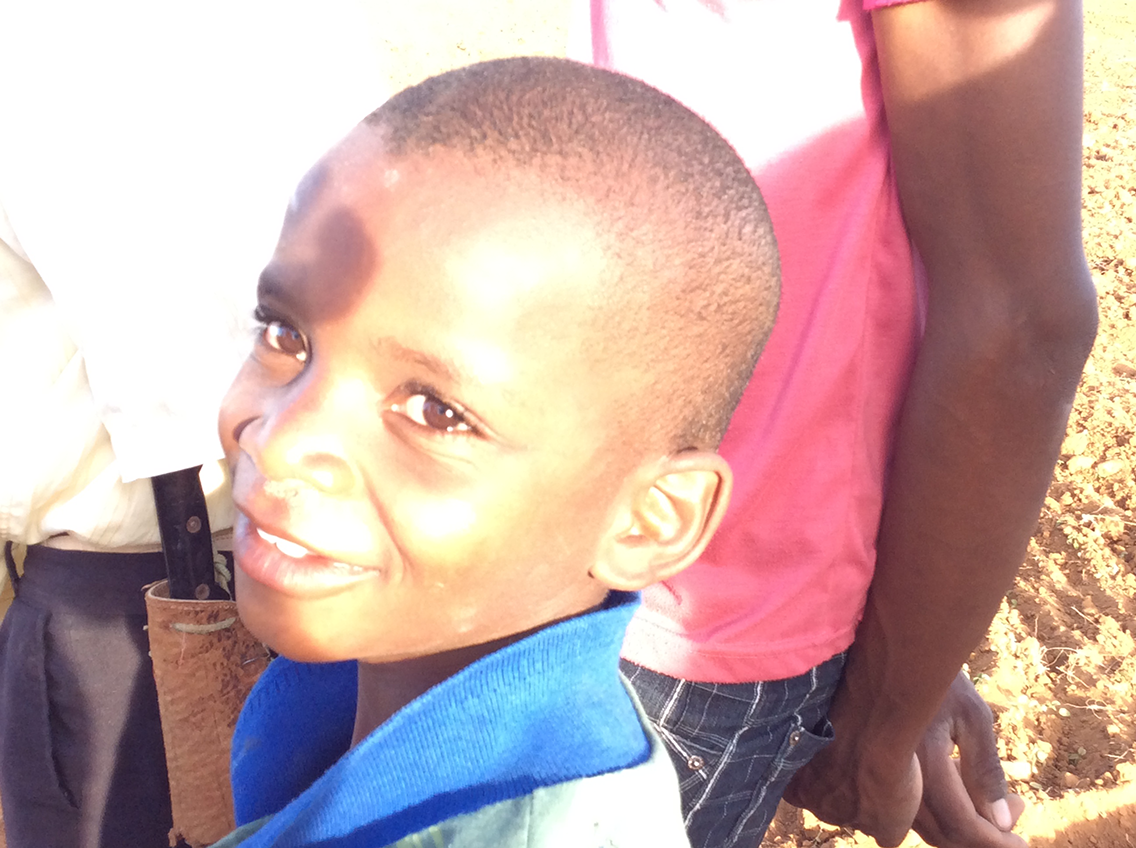






Got something to say?